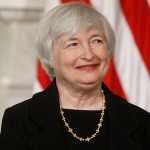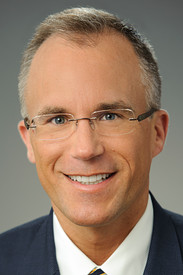Special to the Financial Independence Hub
Coming off a tumultuous 2015, Canadians are ready for some good news in 2016. When it comes to the economy, however, they might have to wait a while longer.
This is not to say we foresee uniform doom and gloom. One bright spot remains the U.S. economy, which was given a vote of confidence last month when the Federal Reserve raised its target interest rate. If the U.S. expansion is as robust as the Fed thinks it is, that should bode well for the Canadian economy and exporters, which rely heavily on the American market.
On a broader level, the Fed liftoff was also a signal that monetary policy, which has dominated the macroeconomic landscape for years now, will be less important going forward. The days of easy money may have begun to draw (slowly) to a close, and as they recede we’ll have a clearer picture of other factors – like the business cycle and asset valuations – which have been masked by accommodative monetary policies for nearly a decade.
But we might not like what we see. Growth globally is poised to be slow in 2016. Canada’s prospects will be tied to this low-flying trajectory, in large part because there are so few potential growth drivers in the domestic economy.
5 reasons for only modest growth in 2016







